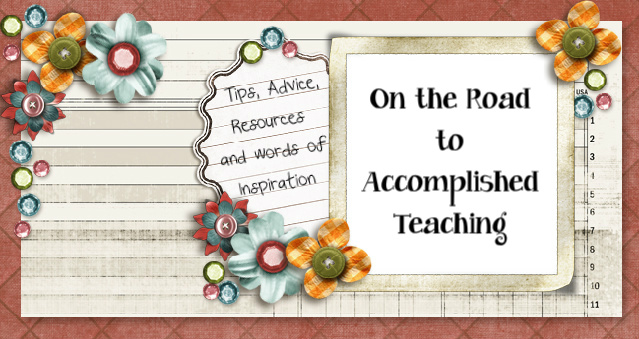Are you nervous about managing students in small groups?
We all know that students work best when they can support each other. We also know that small group arrangements teach students critical problem-solving skills that help today's students become tomorrow's leaders. But we don't always know how to best group students for successful learning.
Prepare Students before Grouping
Here are a few things that you need to teach students before putting them into working groups:
Prepare Students before Grouping
Here are a few things that you need to teach students before putting them into working groups:
- a visual signal for establishing quiet
- how to move into groups
- how to refocus on the teacher when needed
- a vocabulary of kind and motivating words
- how to be nonjudgmental
- how to support each other
Introduce Students to Small Groups
It's important that you assign students into groups, rather than have the students group themselves. This will ensure that cliques don't develop that could isolate students.
It's important that you assign students into groups, rather than have the students group themselves. This will ensure that cliques don't develop that could isolate students.
- When you begin the small groups, start off small. Ideally, you might want to begin by having students work in pairs. This gives shy students practice with opening themselves up to others.
- After a brief period, rearrange students into groups of three. Make sure that they are practicing the skills that you shared earlier (supporting comments, etc.)
- When students are ready for "the big time," you can place them in groups of 4-5. This is the ideal number for small groups. Research shows that groups larger than 5 are less successful in the classroom.
Vary Your Student Groupings
Your groups should be dynamic, and change periodically. When you change groupings, you are giving students an opportunity to work alongside different students in the class.
It's also crucial to have more than one group formation operating when you have small groups:
- one grouping should give students an opportunity to work with other students with similar strengths (this gives students a chance to move in a similar circle of ability),
- and one grouping that combines students with different strengths (this gives students a chance to stretch and grow).
You can schedule the different groups to operate on different days of the week.
How do you use student groupings in your classroom?
Queen Bee

